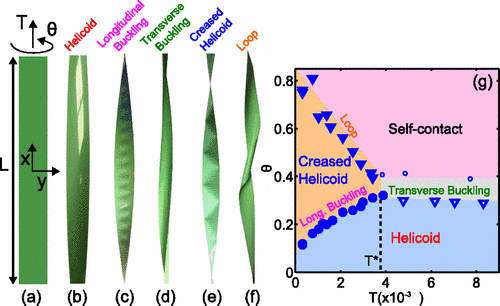Most people are probably aware of the Higgs boson, long predicted, and recently observed by the Large Hadron Collider in 2012. The Higgs boson is was predicted by the Higgs mechanism, which is a theory that endows certain particles with mass.
Now, you might be wondering why I, a researcher in superconductivity, am talking about particle physics. In fact, the Higgs mechanism started out as a theory of superconductivity, and was soon imported to particle physics. I leave the historical details to your encyclopedia of choice.
To understand the superconductor/particle physics connection, consider the question: For which particles does the Higgs mechanism generate mass?
In particle physics, the Higgs mechanism generates mass for the W and Z particles, the mediators of the Weak force. The reason it’s called the Weak force is because it’s so short range, which is a consequence of the W and Z having mass. To my understanding, other elementary particles derive their mass from their interaction with the Weak force. (not quite correct, although link is correct. See comments for details)
!["Of these four forces, there's one we don't really understand." "Is it the weak force or the strong--" "It's gravity." Transcript: There are four fundamental forces between particles: (1) Gravity, which obeys this inverse square law: F= G m1 m2 over d squared. (2) Electromagnetism, which obeys this inverse-square law: F = k q1 q2 over d squared and also Maxwell's equations (3) The Strong nuclear force, which obeys, uh... well, umm... it holds protons and neutrons together. It's strong. And (4) the Weak force. It [mumble mumble] radioactive decay [mumble mumble]--And those are the four fundamental forces!](https://freethoughtblogs.com/atrivialknot/files/2016/06/xkcd_fundamental_forces.png)
From xkcd. Hover text: “Of these four forces, there’s one we don’t really understand.” “Is it the weak force or the strong–” “It’s gravity.” Accurate.
In superconductors, the Higgs mechanism generates mass for the electromagnetic field. This causes the electromagnetic field to be short range. Thus, if you apply an external electric or magnetic field, it will not penetrate into a superconductor of any appreciable size. The zero magnetic field is called the Meissner effect; the zero electric field leads to zero resistance current.
That’s the short explanation of what the Higgs mechanism does, but I wanted to explain how it works. Also, I wanted to try out this new doodling software…
[Read more…]



